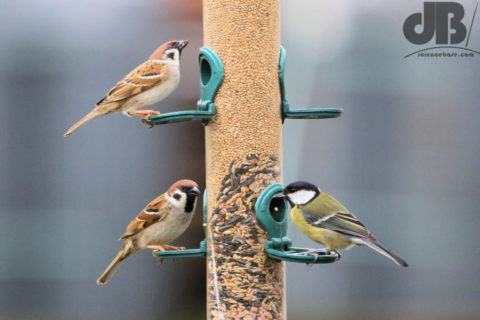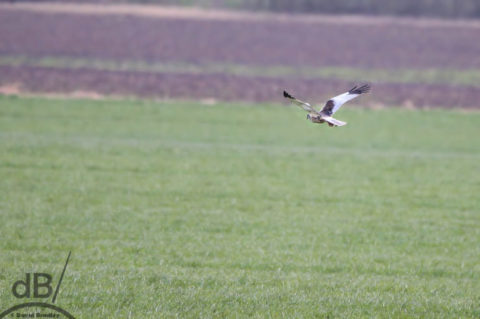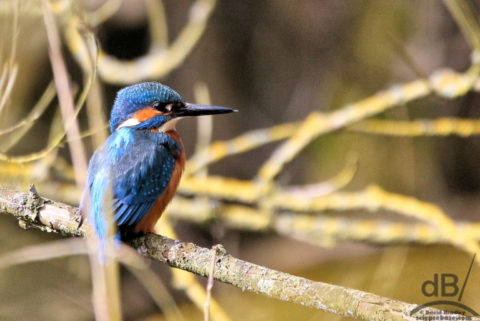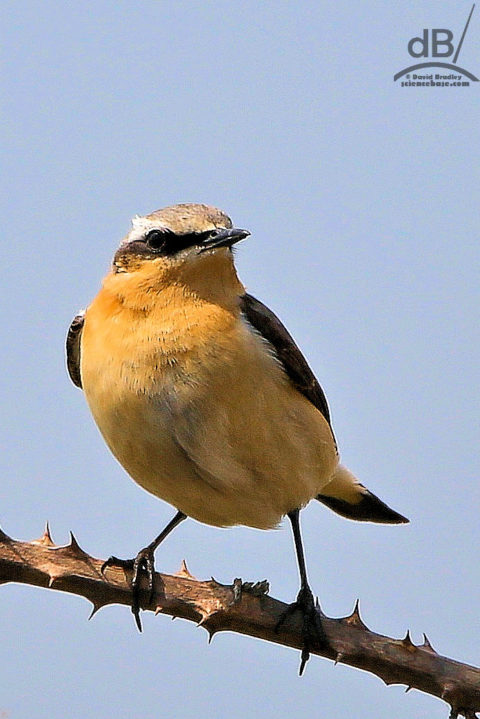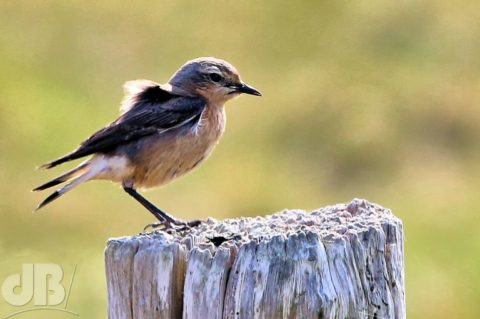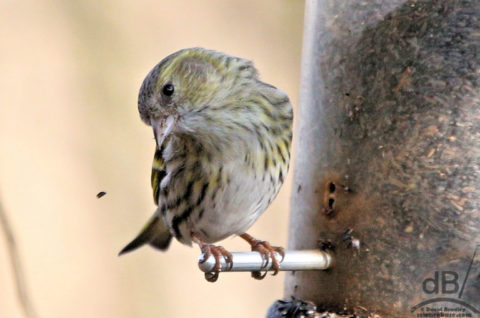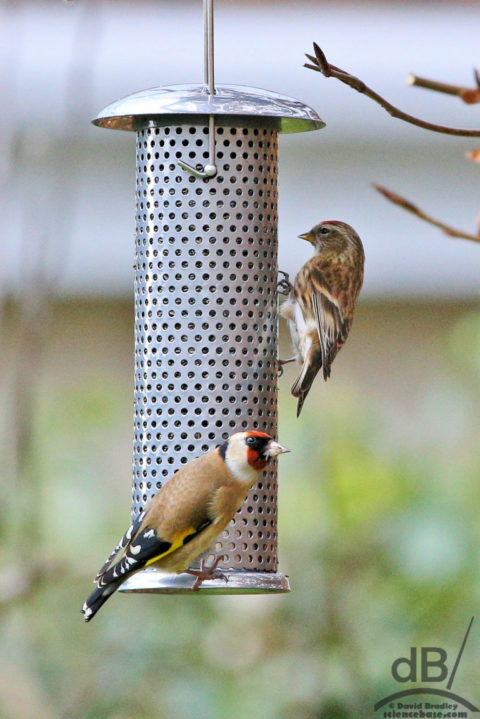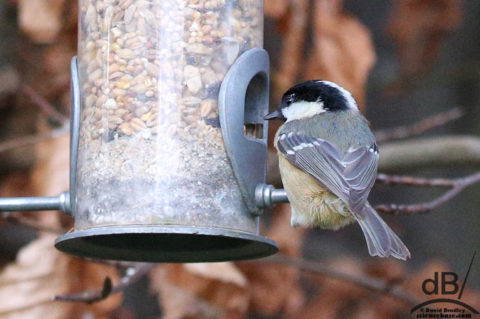TL:DR – The Bearded Reedling, Panurus biarmicus, was formerly known as the Bearded Tit. It is not a type of tit, although it has a passing resemblance to the Long-tailed Tit. It is the only species in the genus Panurus.
The Bearded Tit is not a member of the tit family Paridae at all. It is not related to the Blue Tit, not the Great Tit, and not even the Long-tailed Tit. There was a time when it was thought to be a member of the Paradoxornithidae, the parrotbills. (Pictured immediately below, well-camouflaged female).
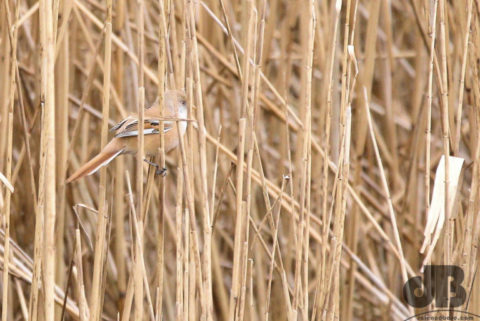
However, the most recent research suggests that it is in a family all of its own the Panuridae. There are no other members of this family as far as we know unless DNA analysis reveals a relative. So, although birders will always know them affectionately as Beardies, the Tit is perhaps more appropriately now replaced with the term “Reedling”, so Bearded Reedling.

The bird is mostly brown with a long tail and the males are striking in that they have to dark marks down their faces.

Now, one might wonder why are they called Bearded, why is it not known as the Mutton Chop bird, or the Sideburned bird, or even the Moustached bird? If you want a reed-dwelling bird with a proper beard (bib), then the Reed Bunting is your fellow.
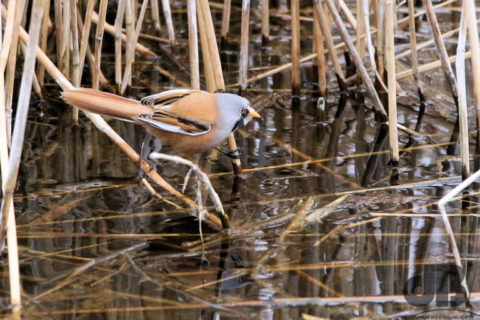
There are thought to be a mere 630 breeding pairs in the UK. I’ve seen them a couple of times at RSPB Titchwell Marsh, once at WWT Welney, and a large flock at RSPB Minsmere making their characteristic “ping, ping, ping” (or peww, peww, peww) call. They are known to be at NT Wicken Fen, RSPB Ouse Fen, and elsewhere too.



